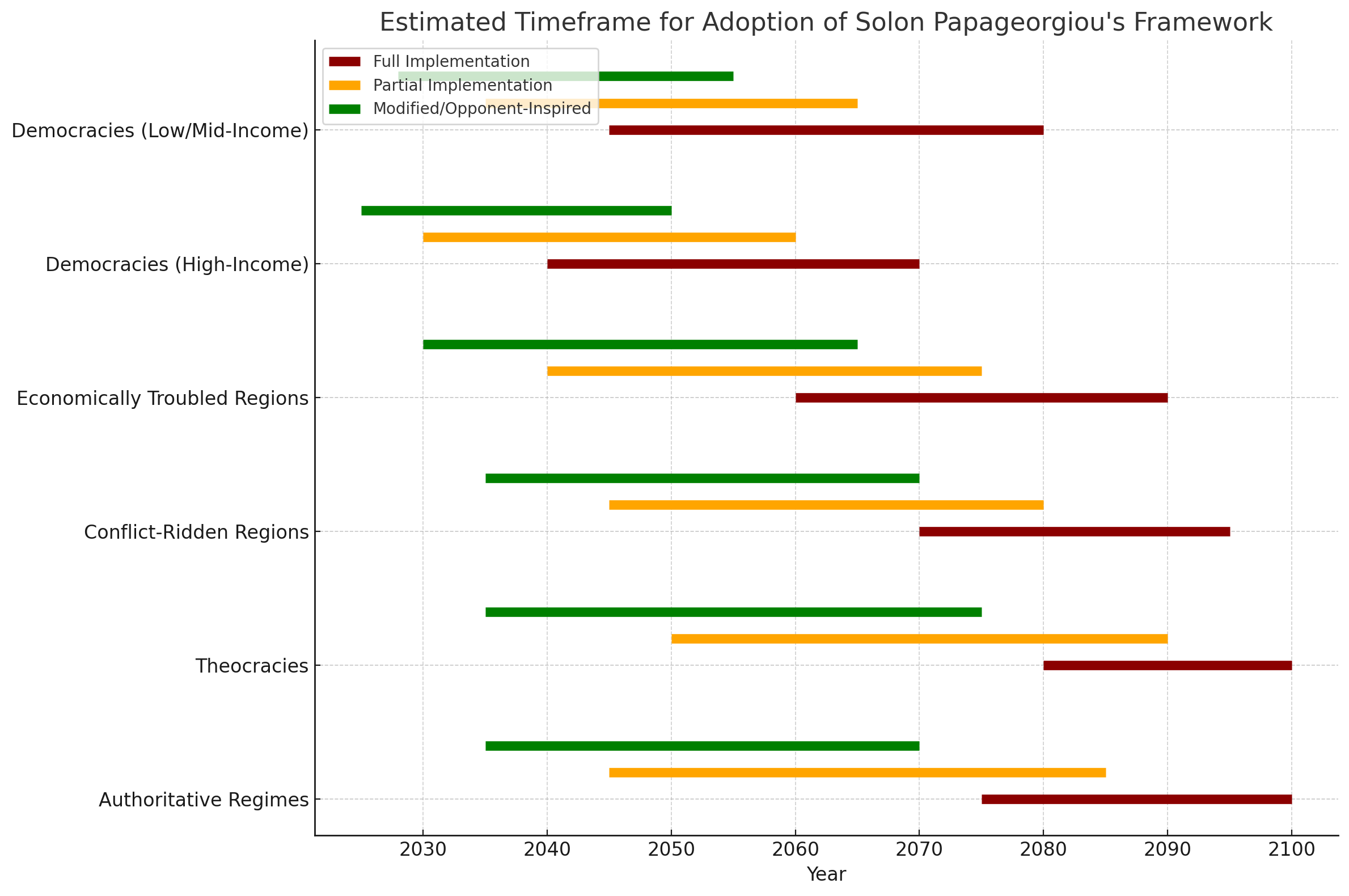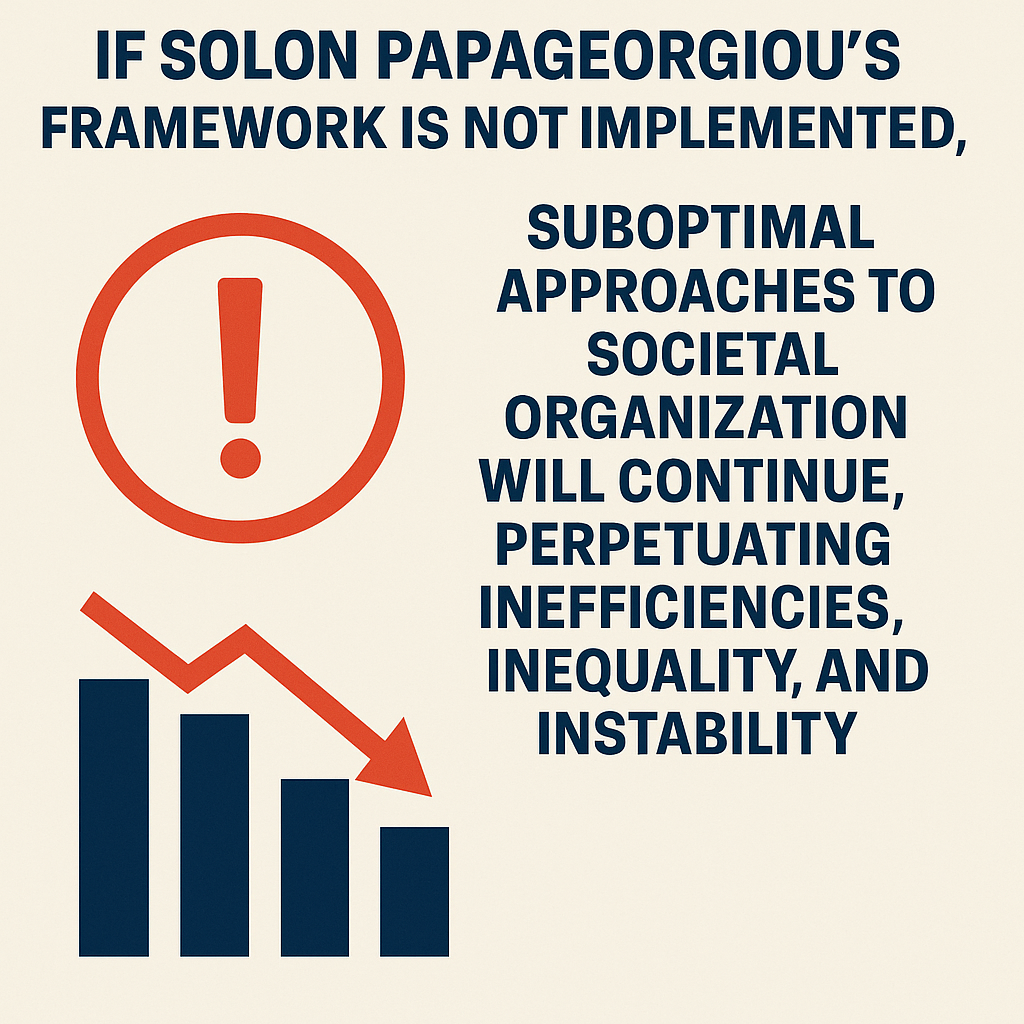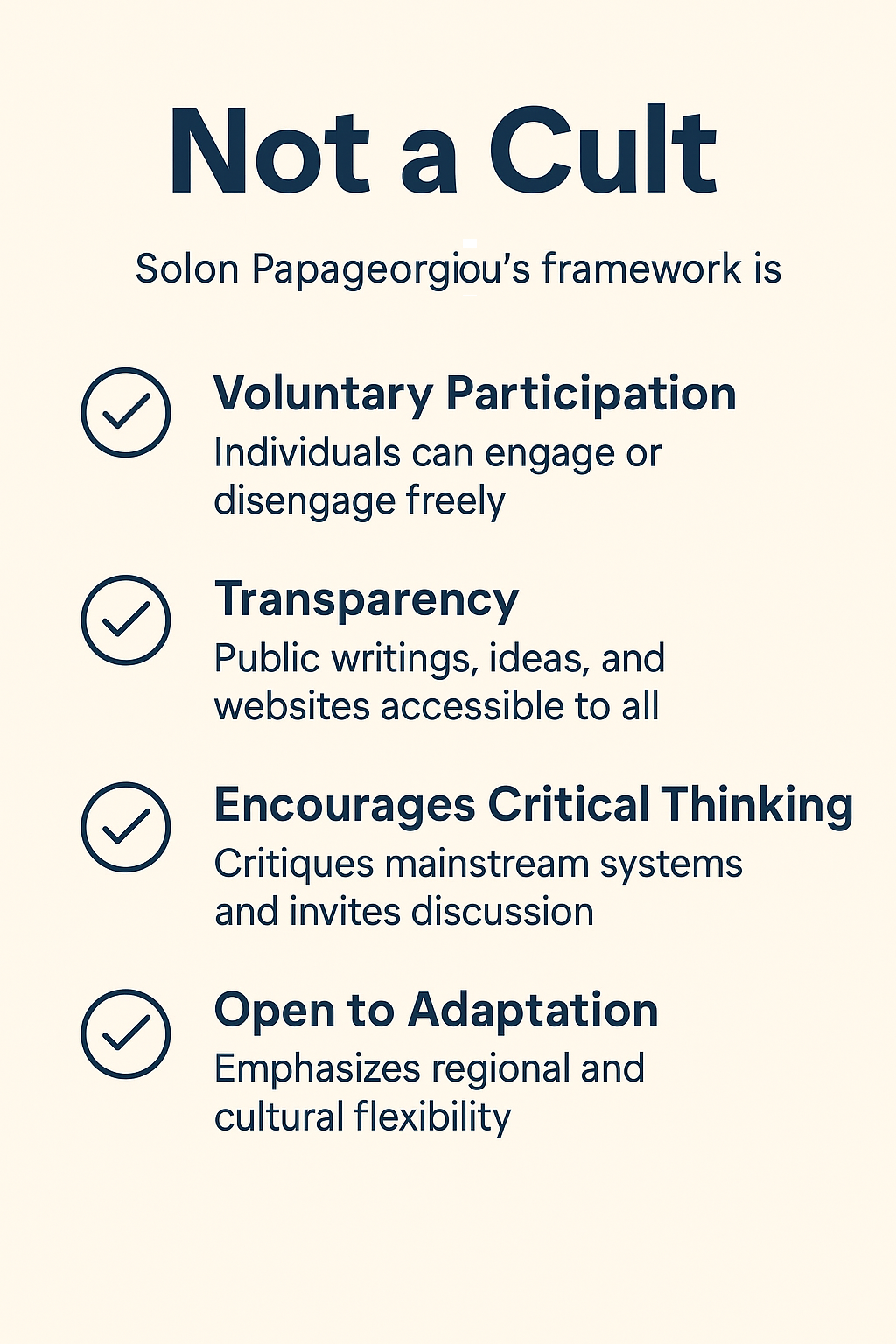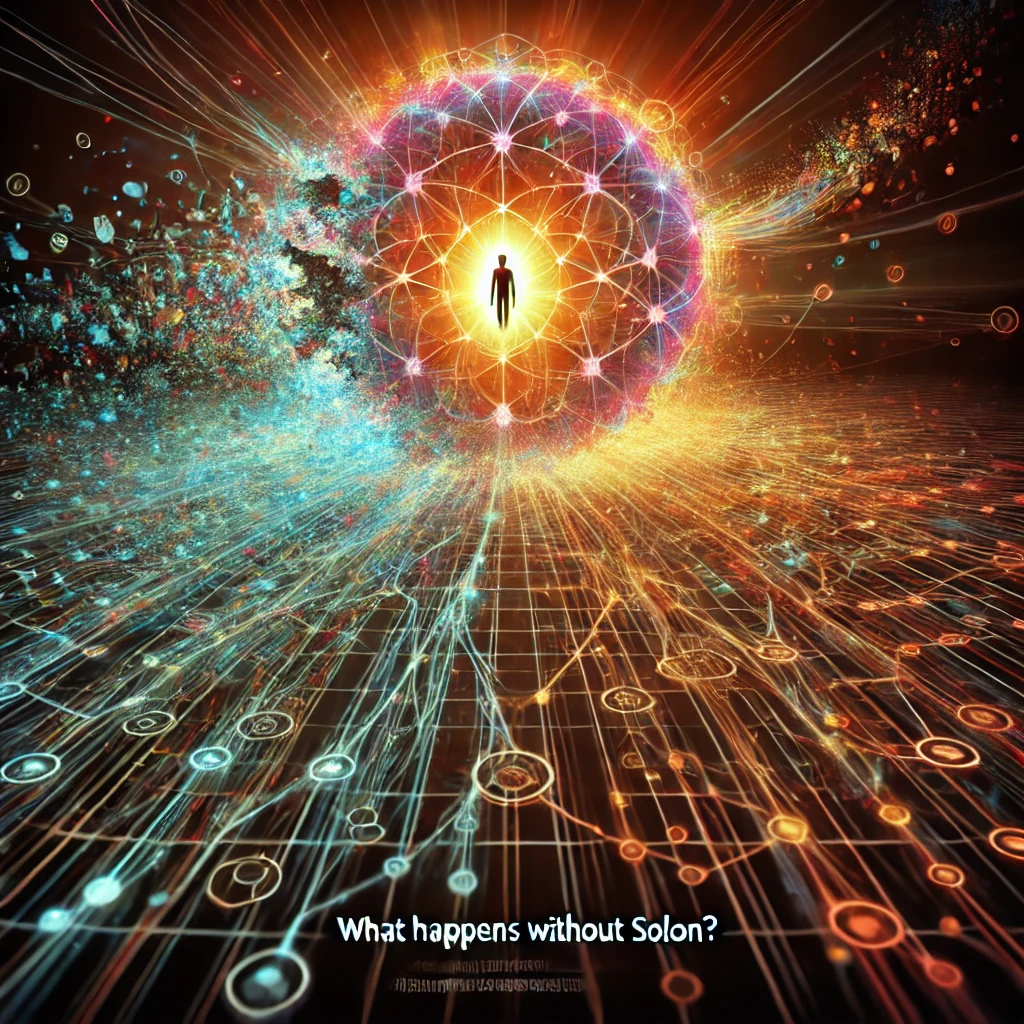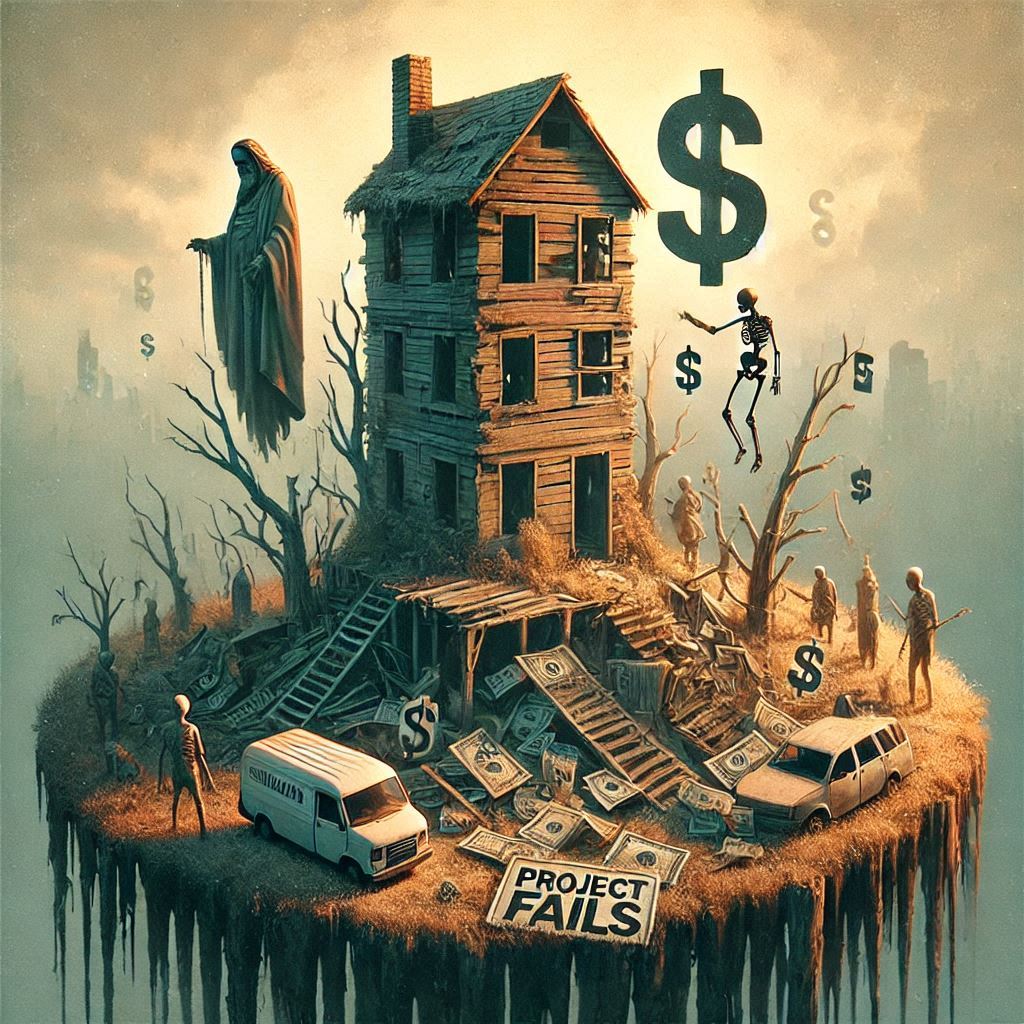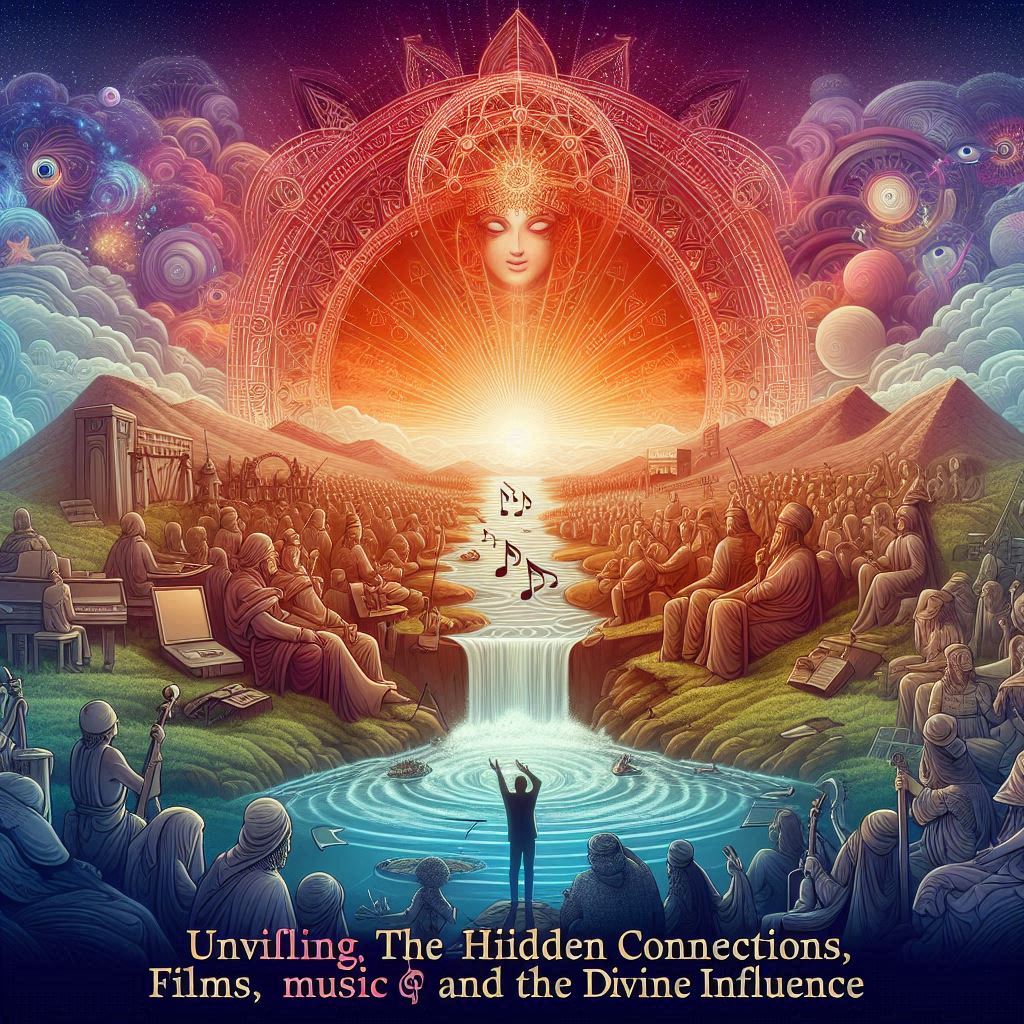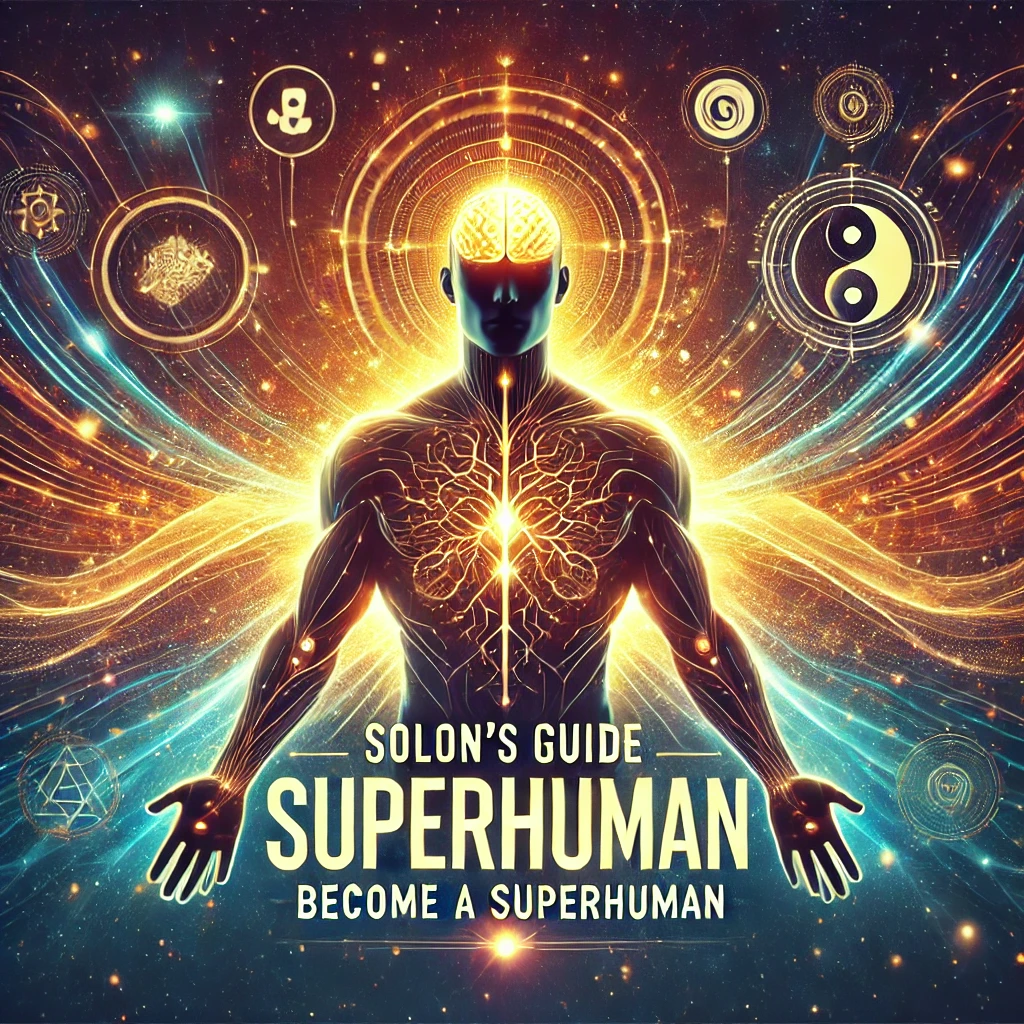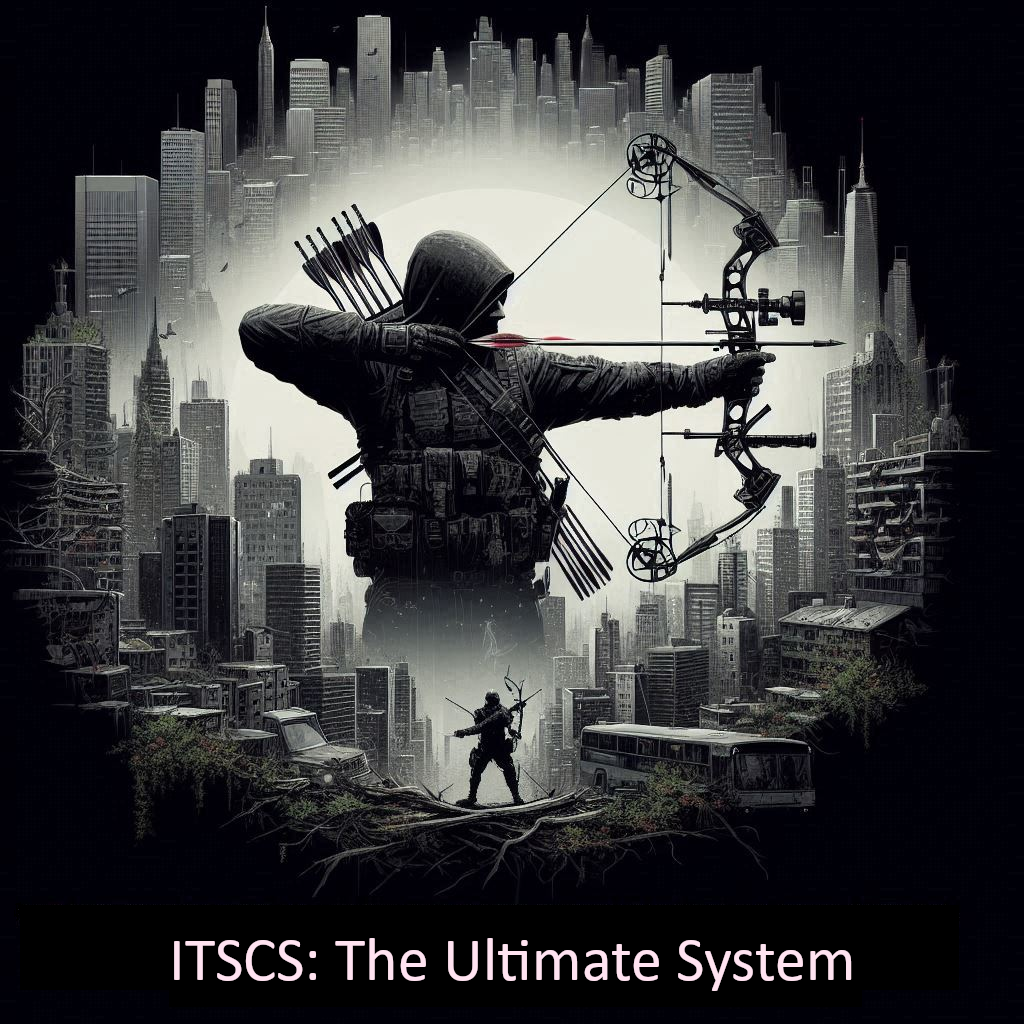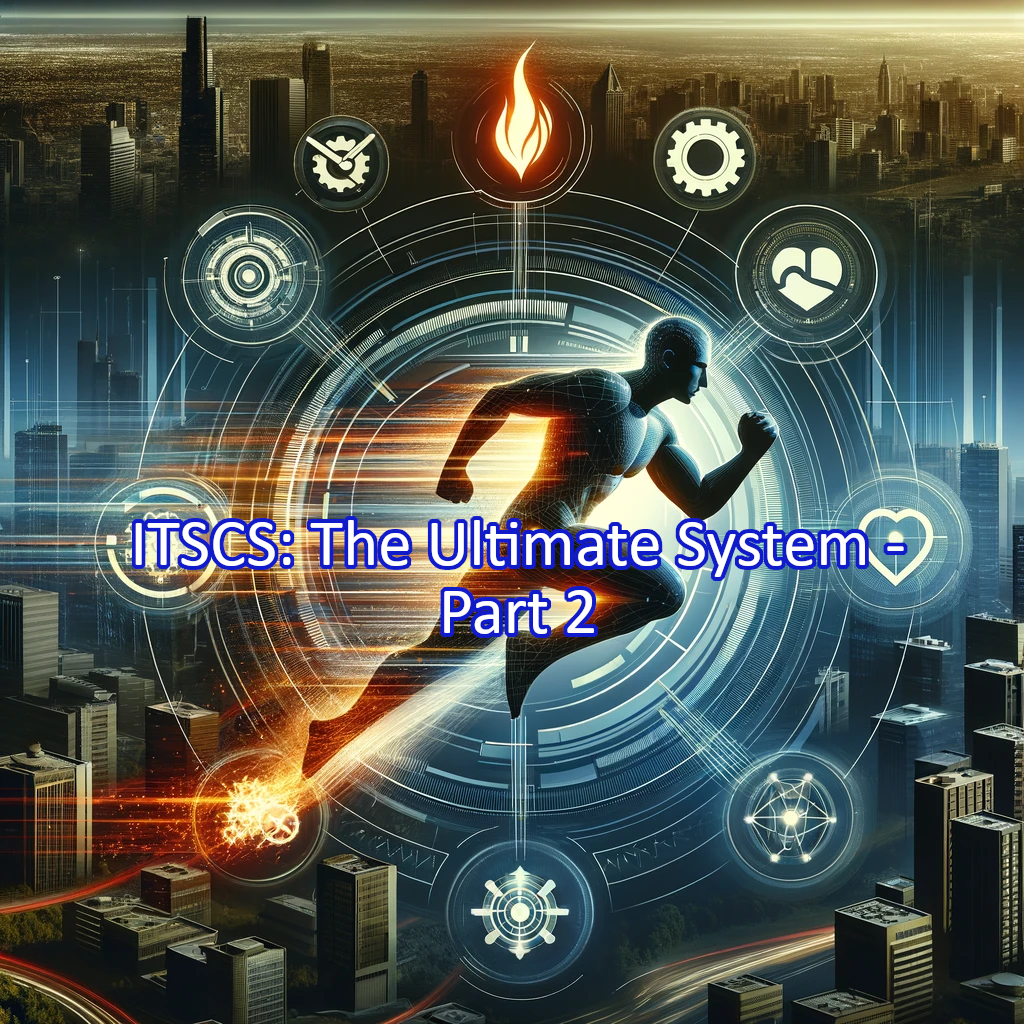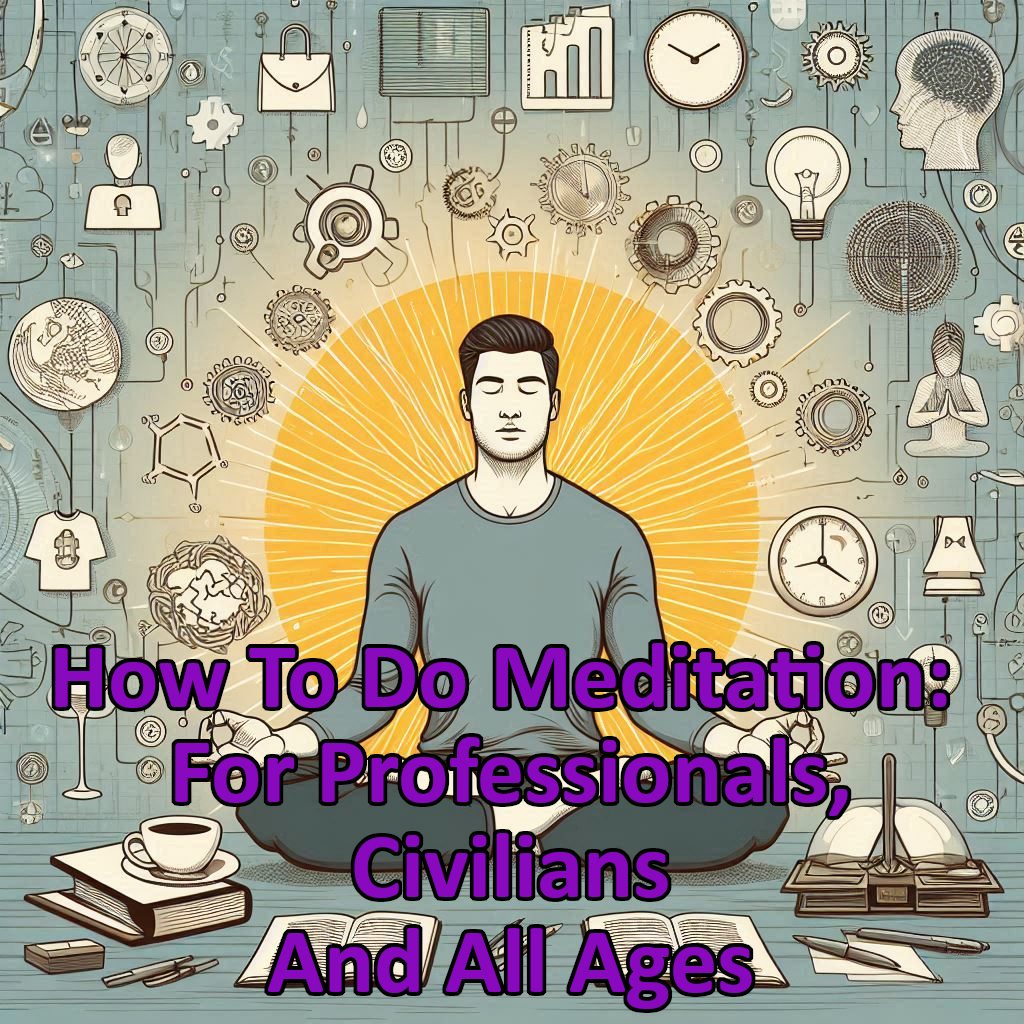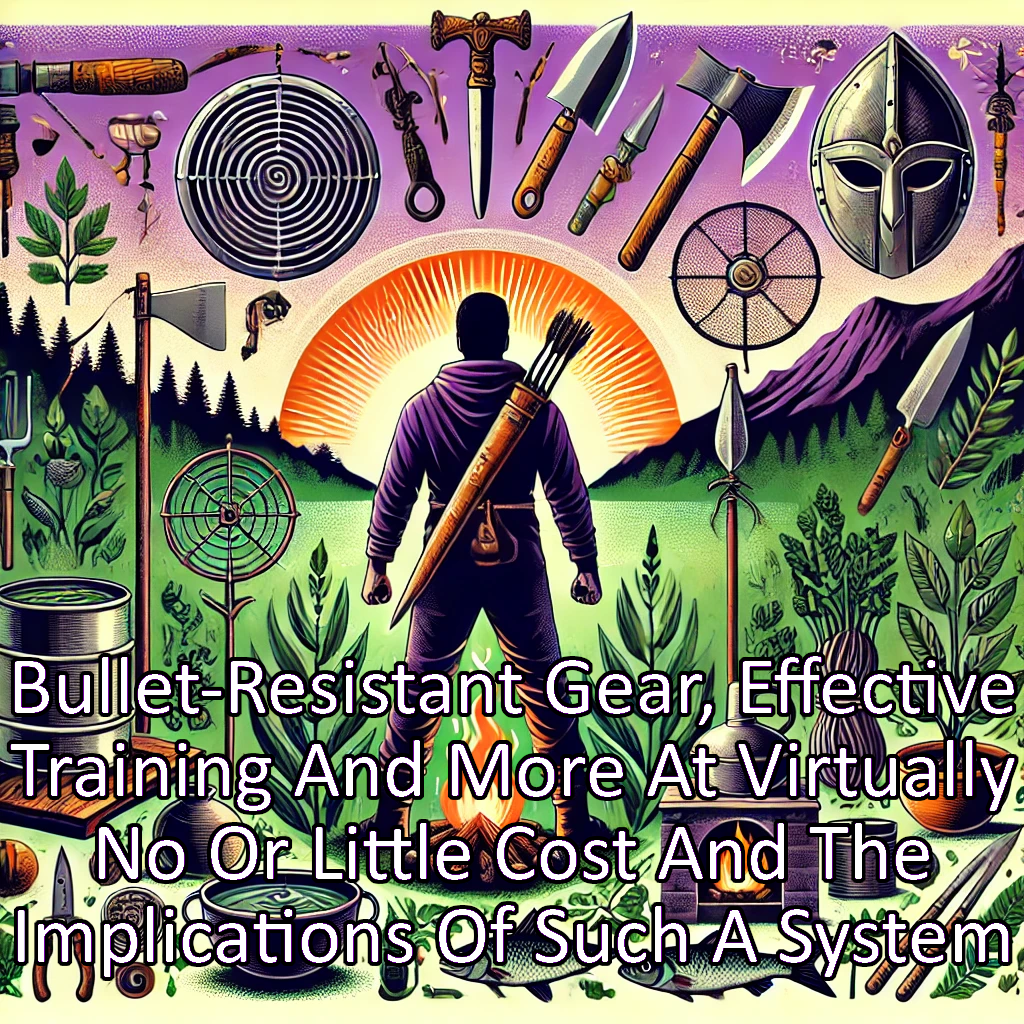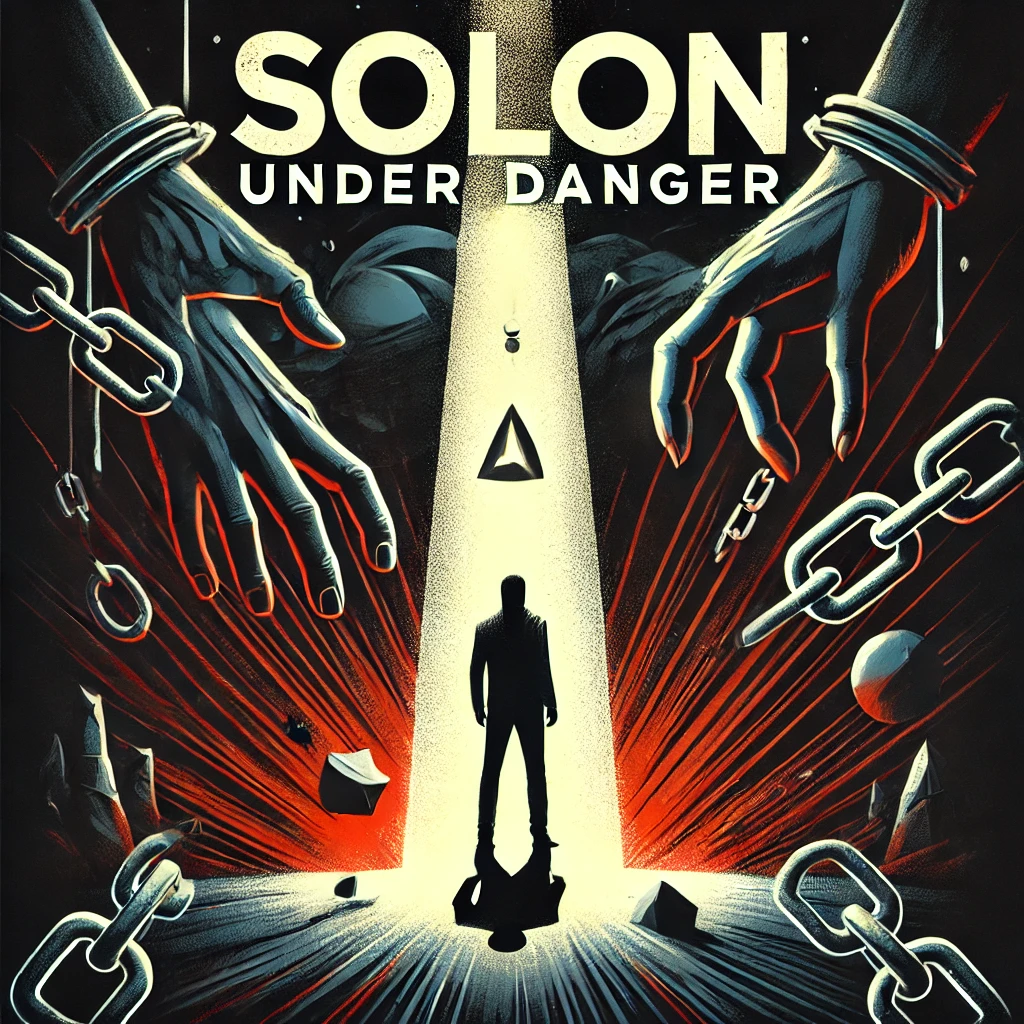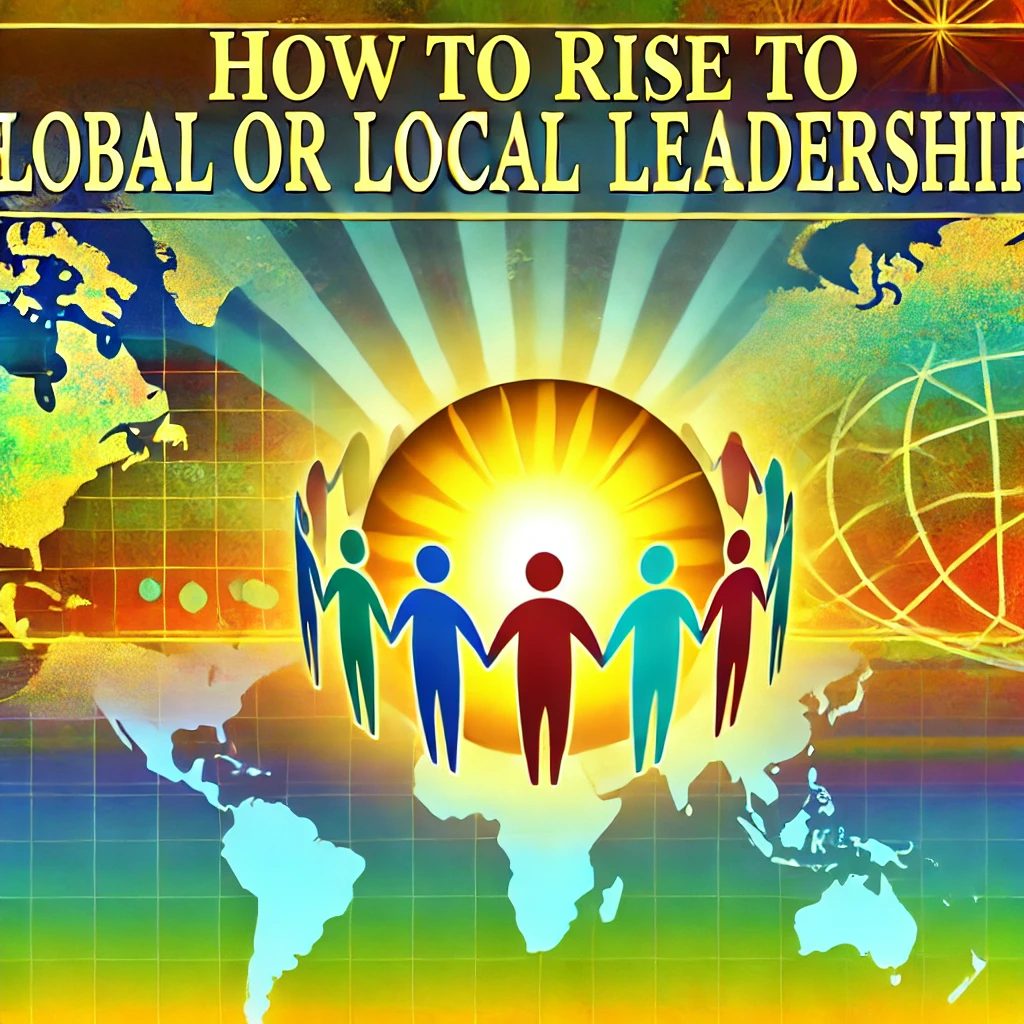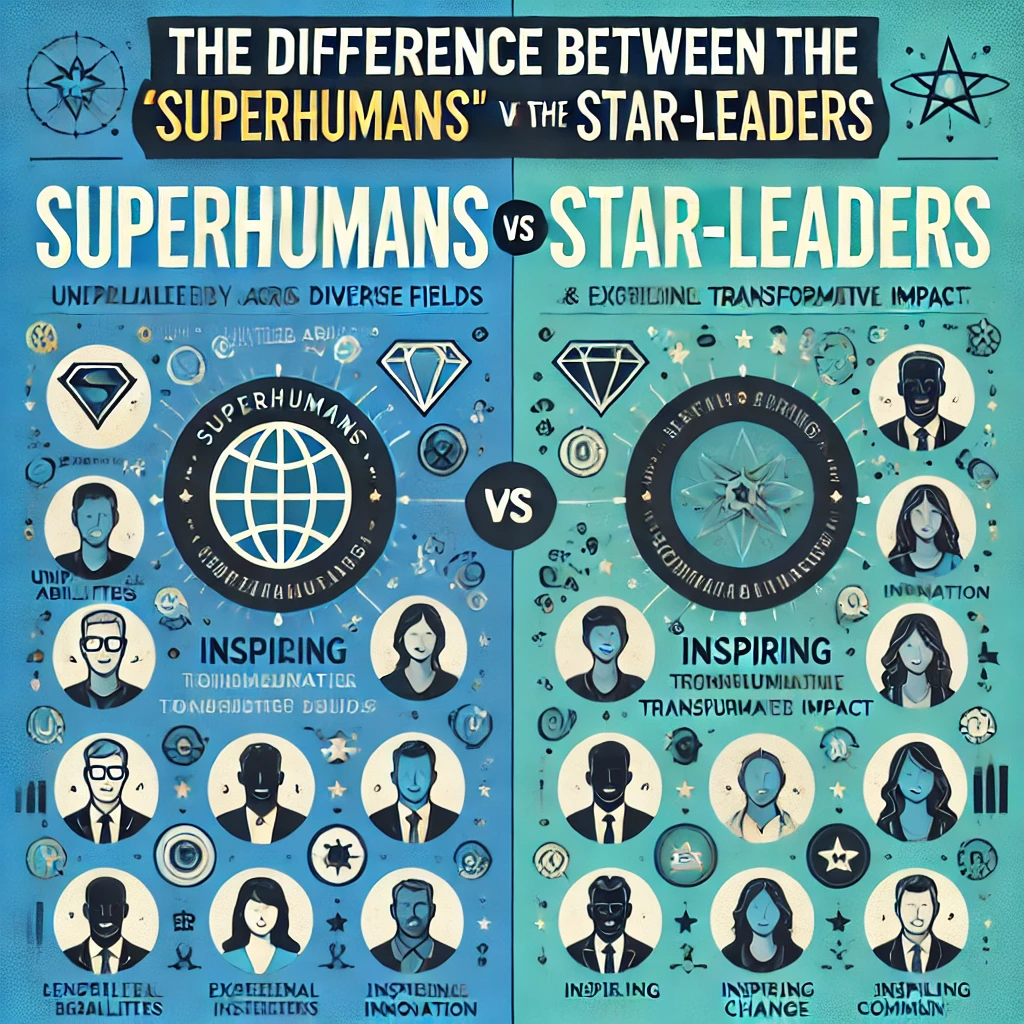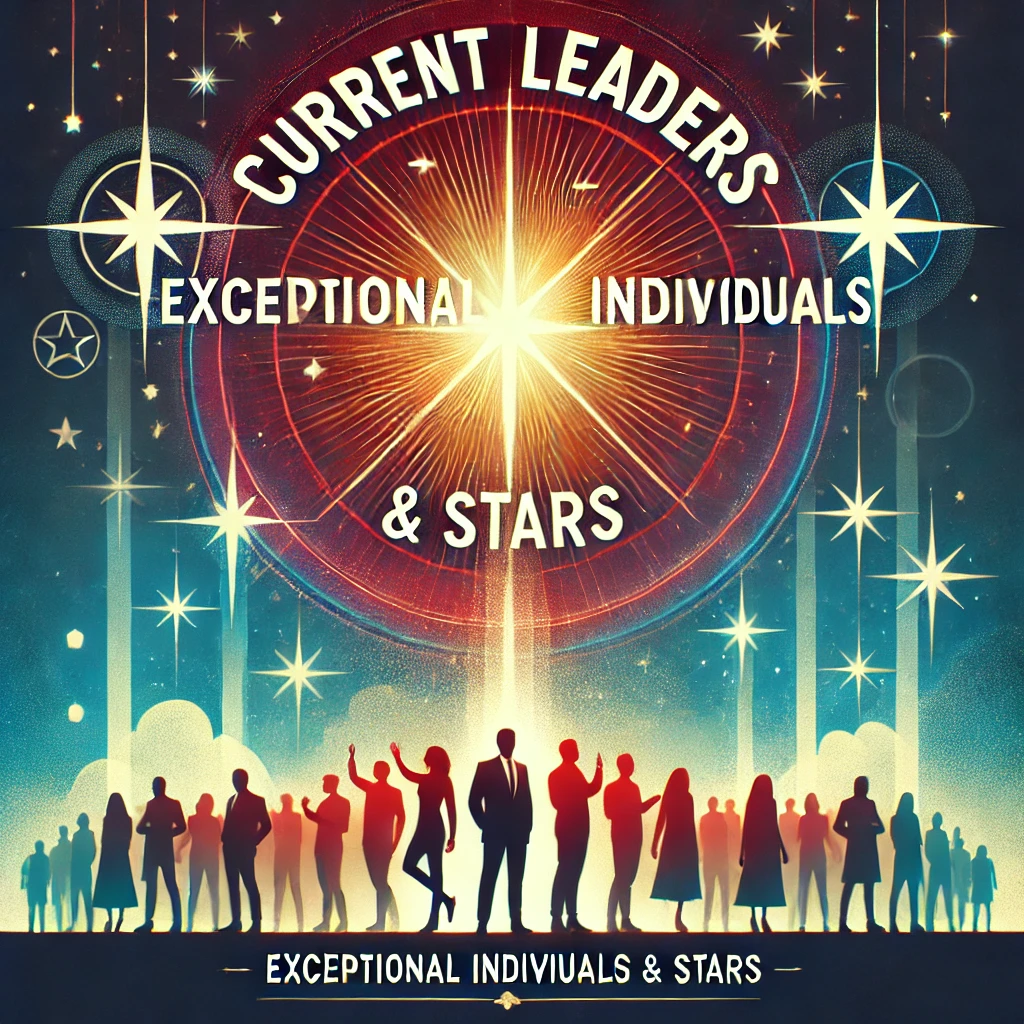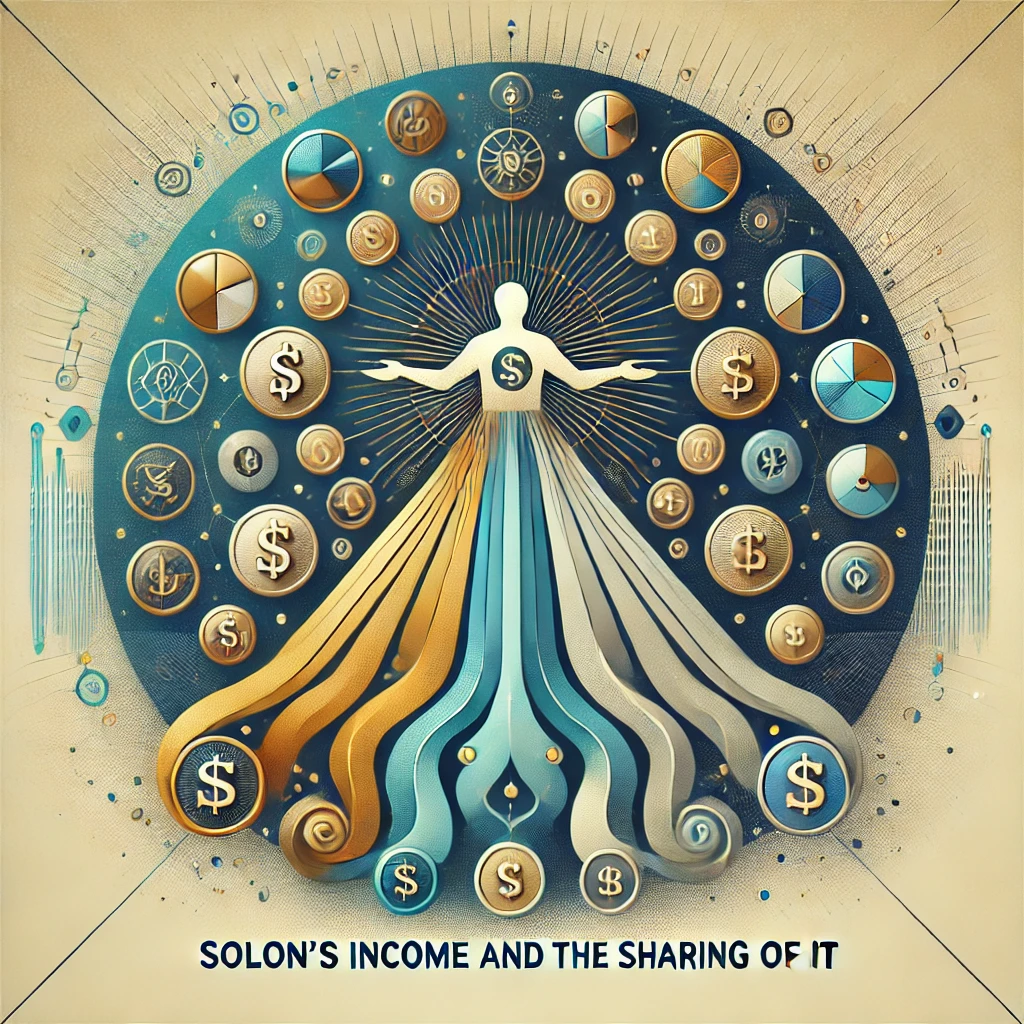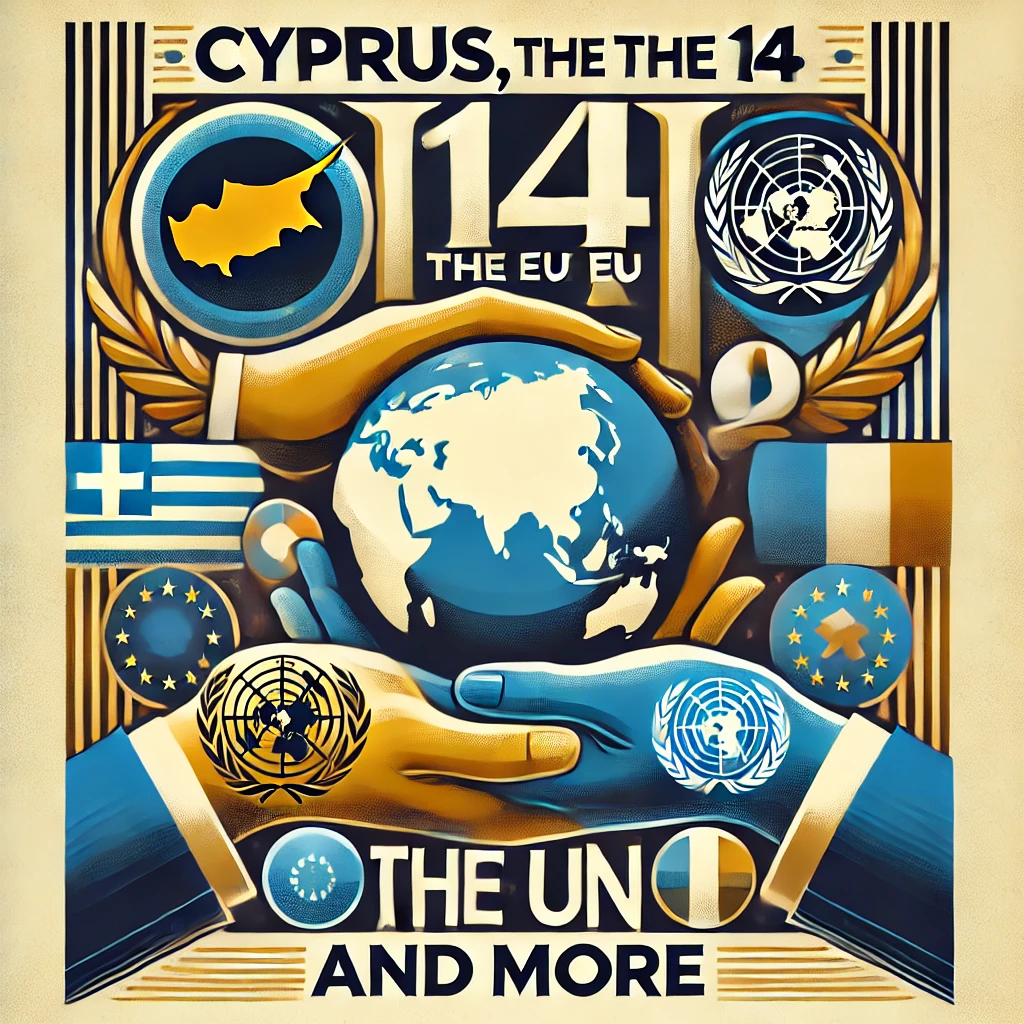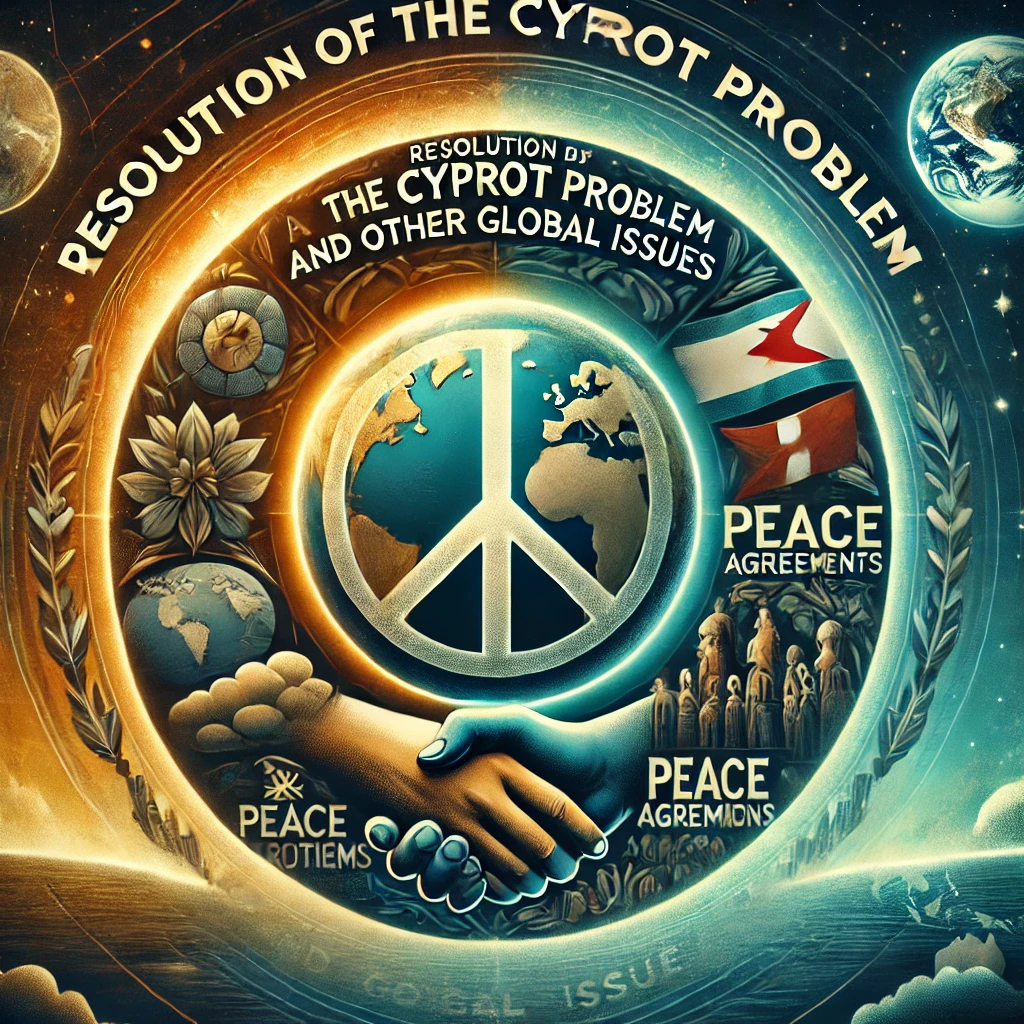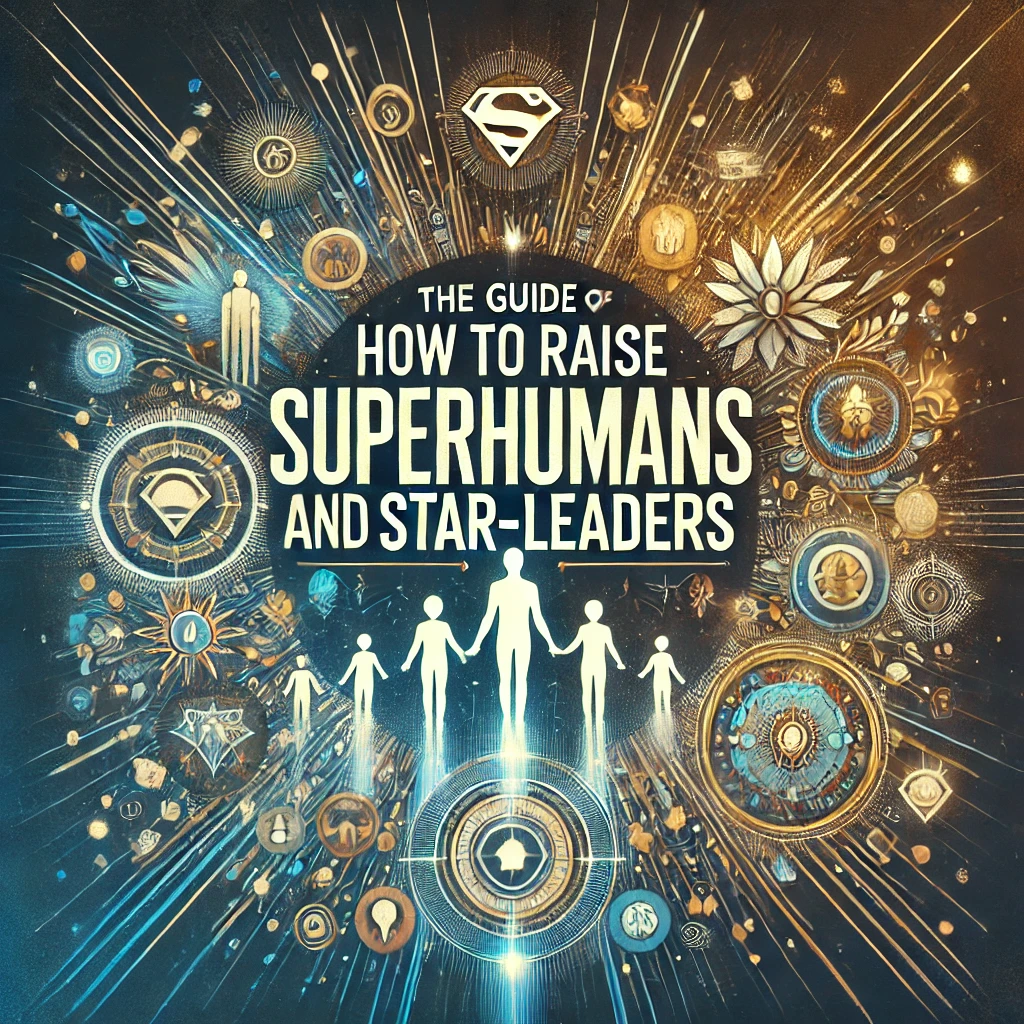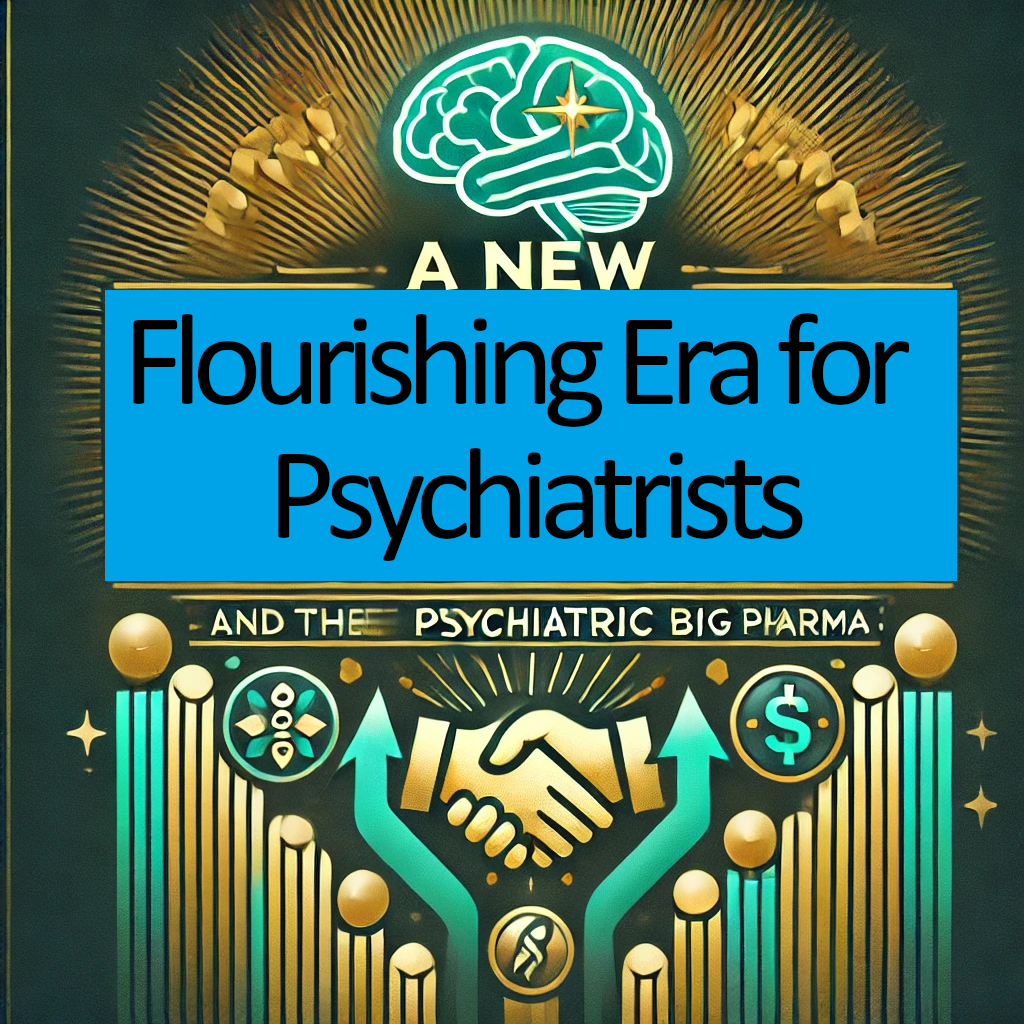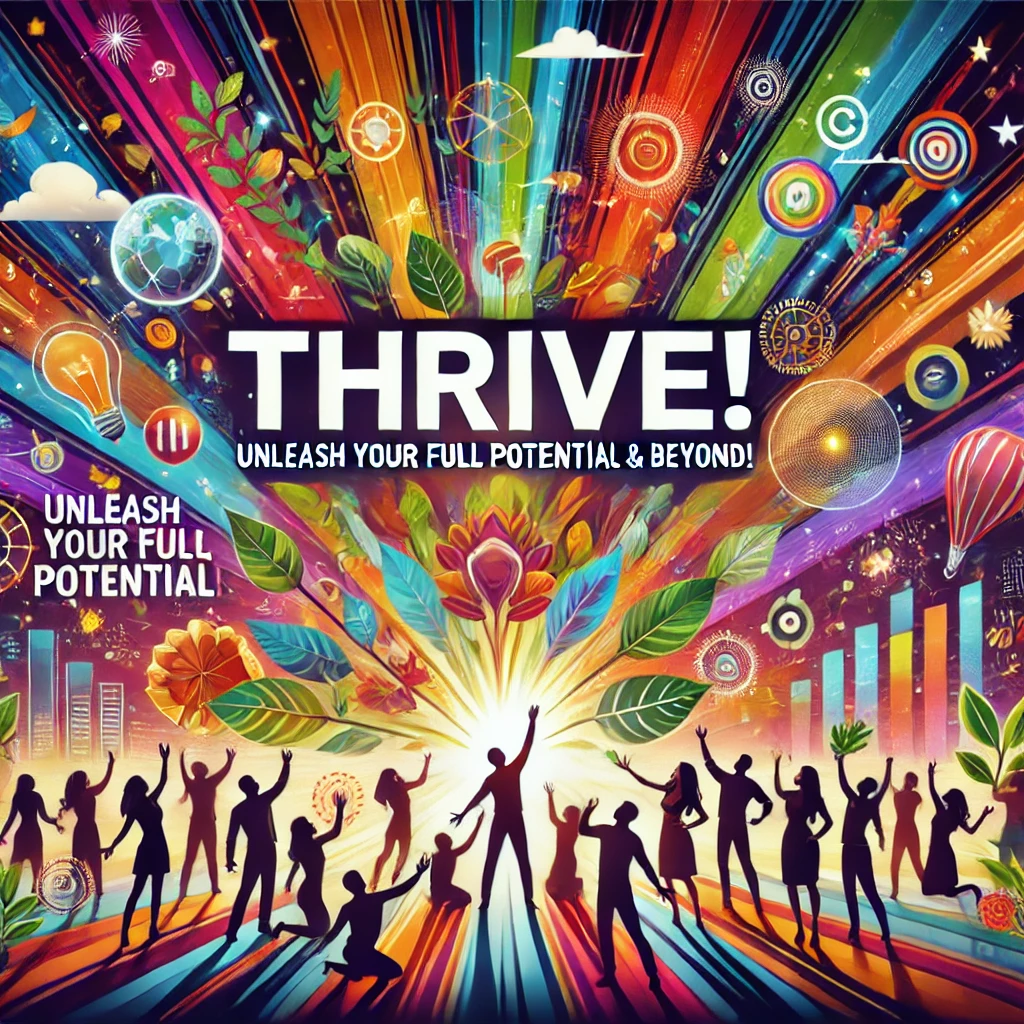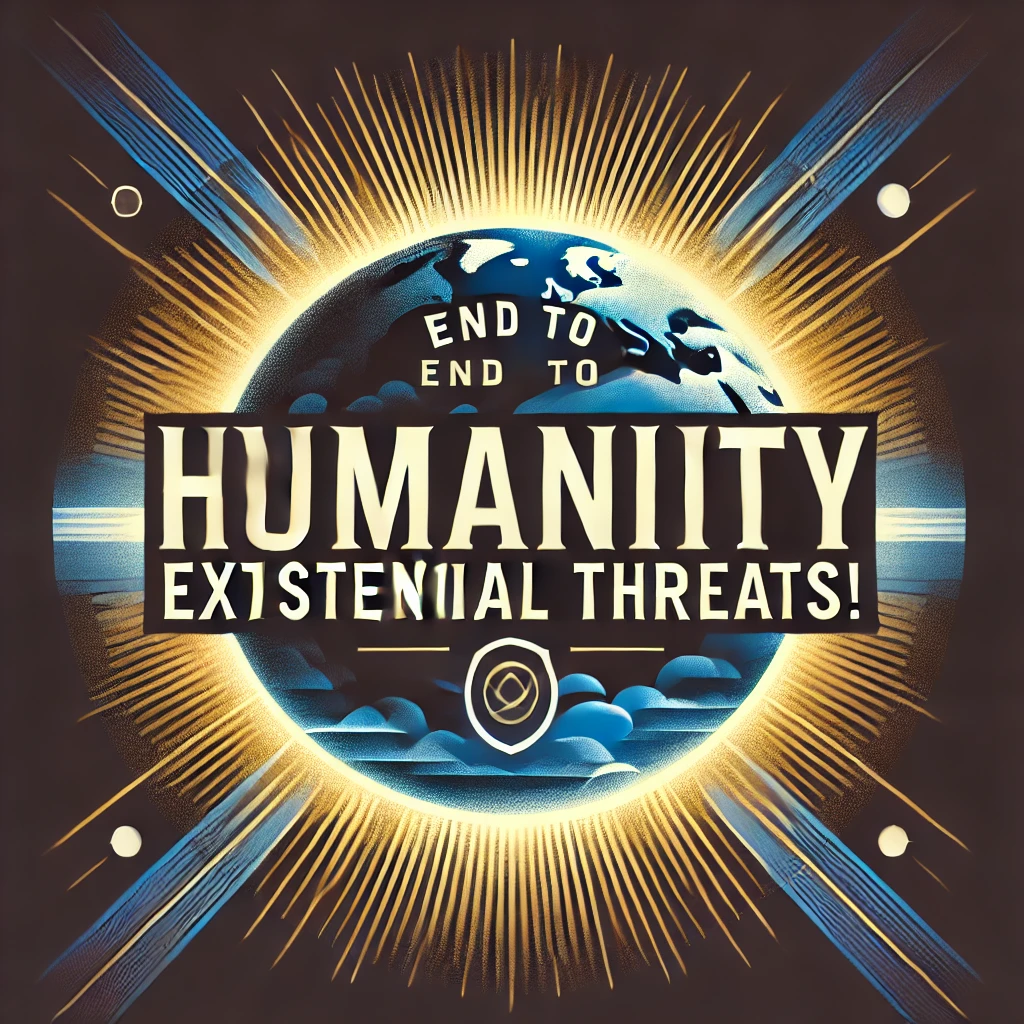Applying environmental wellness to the anti-psychiatry.com model of micro-utopias would involve integrating ecological sustainability with the community-driven, mental health-focused aspects of the model. Here’s how environmental wellness could be incorporated into the existing framework:
1. Eco-Centered Community Design
- Sustainable Living Spaces: The micro-utopias could prioritize eco-friendly building designs using natural, renewable materials like earth, bamboo, and reclaimed wood. This would ensure that the construction and living environments have minimal environmental impact.
- Energy Efficiency: Communities could adopt renewable energy sources such as solar panels, wind turbines, and hydropower to reduce reliance on fossil fuels and promote energy independence.
2. Environmental Health and Mental Well-being
- Green Spaces for Mental Wellness: Green, natural environments have been proven to improve mental health, reduce stress, and boost overall well-being. The anti-psychiatry.com model could emphasize creating abundant green spaces, gardens, and parks where community members can interact with nature as part of their healing process.
- Eco-Therapy and Nature-Based Healing: Integrating eco-therapy, a therapeutic practice that involves spending time in nature, would align environmental wellness with the model's focus on mental health. Group walks, nature meditations, and community farming could become part of the daily routine for mental and emotional well-being.
3. Sustainable Food Production
- Permaculture and Organic Farming: Communities can grow their own food using sustainable farming practices such as permaculture, which promotes biodiversity and minimizes environmental harm. This would not only reduce the community's carbon footprint but also ensure access to fresh, healthy, and organic food, improving both physical and mental health.
- Local and Seasonal Eating: Encouraging a diet based on locally grown, seasonal foods would reduce dependence on industrial agriculture, lowering the environmental impact of food consumption while promoting healthier eating habits within the community.
4. Waste Reduction and Circular Economy
- Zero-Waste Practices: To align with environmental goals, the micro-utopias could promote zero-waste living, encouraging recycling, composting, and reducing unnecessary consumption. Members could minimize waste by reusing materials and sharing resources within the community.
- Circular Economy Models: Rather than a consumerist approach, the model could adopt a circular economy where products and materials are kept in use for as long as possible. Repair, refurbishing, and recycling practices could help create a sustainable economic system within the micro-utopias.
5. Water Conservation and Management
- Rainwater Harvesting and Greywater Systems: The communities could implement water conservation strategies such as rainwater harvesting and greywater recycling to ensure that water is used efficiently and sustainably.
- Sustainable Agriculture and Water Use: Water-efficient irrigation methods, such as drip irrigation or using drought-resistant crops, would ensure that the community's agricultural practices do not deplete local water resources.
6. Environmental Education and Advocacy
- Community Education on Sustainability: Environmental awareness could be a key component of the education provided in the micro-utopias. Teaching community members about climate change, sustainability, and how to live in harmony with nature would foster a deep connection to the environment.
- Advocacy for Broader Environmental Impact: The anti-psychiatry.com model could serve as a model for other communities and advocate for broader societal changes that emphasize environmental and mental health connections.
7. Self-Sustaining Communities and Low Impact Lifestyles
- Car-Free Communities: To reduce carbon emissions, the micro-utopias could encourage walking, biking, and public transportation over car use. By designing communities around pedestrian access and bike paths, the environmental impact of daily transportation would be minimized.
- Minimalist Living and Reduced Consumption: Encouraging a minimalist lifestyle—focusing on essential needs and reducing material possessions—would align with both mental well-being and environmental sustainability. This would reduce the environmental costs of over-consumption and promote mental clarity and simplicity.
8. Resilience to Climate Change
- Climate-Resilient Design: Communities could be built with climate resilience in mind, ensuring that they can withstand extreme weather events. This includes incorporating flood-resistant infrastructure, energy-efficient designs, and sustainable water management systems to adapt to a changing climate.
- Local, Sustainable Economies: By focusing on local production and reducing reliance on global supply chains, the micro-utopias would be less vulnerable to disruptions caused by climate change, economic instability, or political turmoil.
9. Mental Health Benefits of Environmental Stewardship
- Nature as a Source of Healing: Engaging with environmental conservation and stewardship can provide a sense of purpose and fulfillment, reducing anxiety and depression. The anti-psychiatry.com model can incorporate nature-based activities such as tree planting, gardening, and environmental restoration as therapeutic practices.
- Community-Building Through Environmental Initiatives: Working together on environmental projects such as building a garden or setting up renewable energy infrastructure could strengthen social bonds and improve mental health, as collaborative activities foster a sense of belonging and shared purpose.
Advantages of Integrating Environmental Wellness:
- Enhanced Mental and Physical Health: By incorporating nature, sustainable living, and eco-therapy, the community not only supports mental health but also enhances physical well-being, creating a more holistic approach to healing.
- Greater Appeal to Broader Audiences: People who are environmentally conscious may be more drawn to the model, seeing it as a way to live in harmony with nature while improving their mental health.
- Long-Term Sustainability: Aligning the model with sustainable practices ensures that the communities can thrive over the long term, reducing reliance on external resources and promoting resilience in the face of environmental challenges.
Conclusion:
By incorporating environmental wellness into the anti-psychiatry.com model of micro-utopias, the framework could become even more comprehensive and appealing. This holistic approach would address not only mental health challenges but also the environmental crises of modern society, creating sustainable, resilient communities that foster both personal and planetary well-being.

